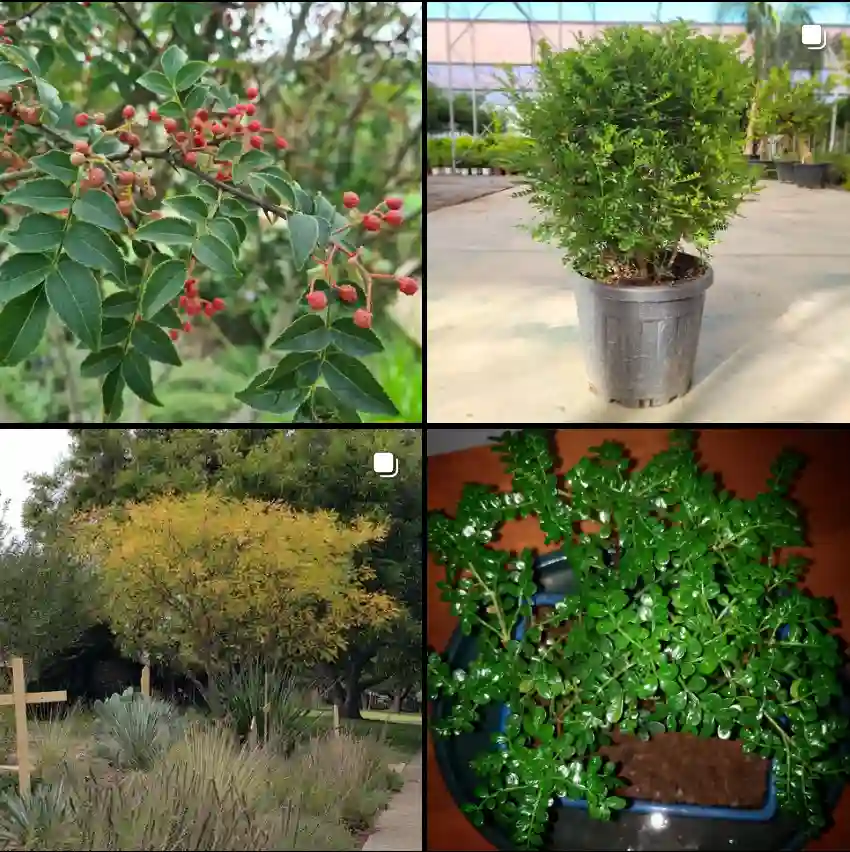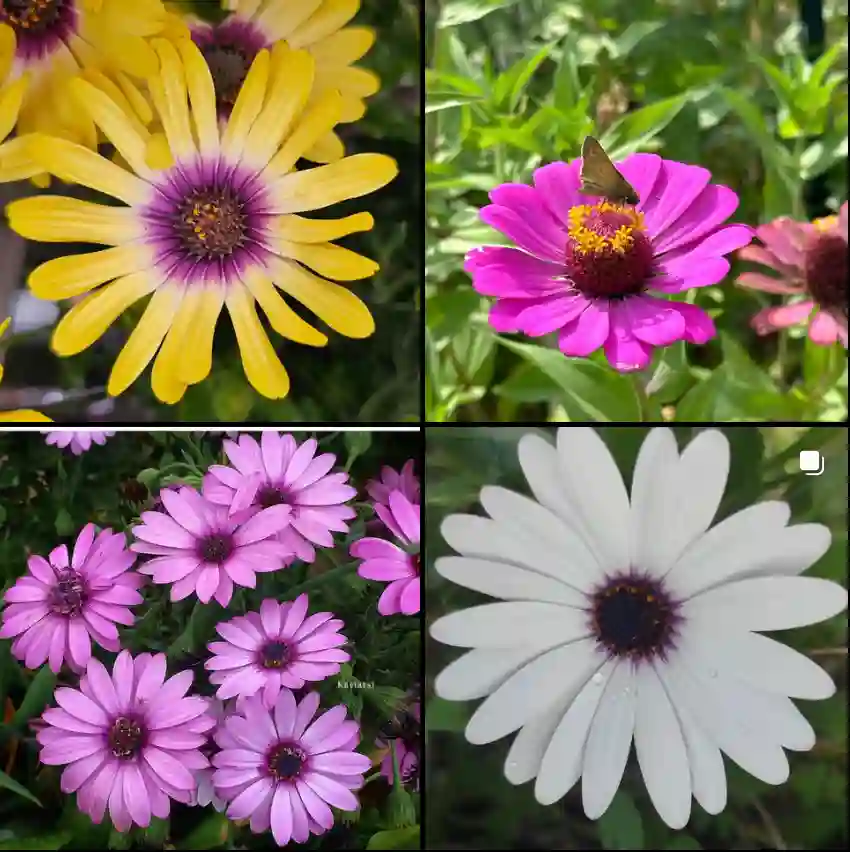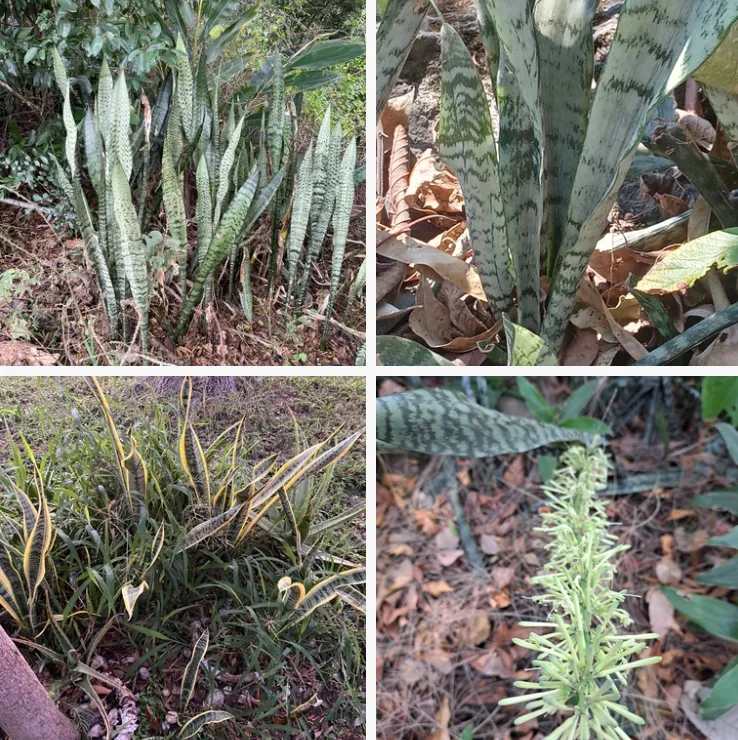My Fascination with the Buxaceae Family: A Gardener’s Perspective
As a passionate gardener, I am constantly drawn to the diverse world of plants. Among the many plant families that have captured my interest, the Buxaceae family holds a special place. Its unique characteristics and rich history have fascinated me for years. In this article, I will share my insights into this remarkable family, highlighting its distinctive features, notable genera, and cultural significance.
The Buxaceae Family: An Overview
The Buxaceae family is a relatively small but intriguing group of flowering plants. It comprises approximately five genera and around 70 species. These plants are primarily distributed in tropical and subtropical regions, although some can also be found in temperate areas. Buxaceae plants are known for their evergreen foliage, small flowers, and woody stems. They are often used in landscaping and horticulture due to their ornamental value and ability to withstand pruning.
Distinctive Features of Buxaceae Plants
Several characteristics set Buxaceae plants apart from other families. One of their most notable features is their evergreen foliage. These plants retain their leaves throughout the year, providing a constant source of greenery in gardens and landscapes. The leaves are typically small, simple, and leathery, with a glossy or waxy surface. They are arranged alternately on the stems, creating a dense and compact appearance.
Another distinctive feature of Buxaceae plants is their small, inconspicuous flowers. These flowers are usually unisexual, meaning they have either male or female reproductive organs. They are often clustered in axillary inflorescences, which are groups of flowers that arise from the leaf axils. The flowers are typically greenish or yellowish in color and lack petals. They are pollinated by wind or insects, depending on the species.
Buxaceae plants are also characterized by their woody stems. These stems can range from slender and flexible to thick and rigid, depending on the genus and species. The wood is typically dense and hard, making it suitable for various purposes, such as carving and tool making. Some Buxaceae plants also produce alkaloids, which are naturally occurring compounds that can have medicinal or toxic properties.
Genera of the Buxaceae Family
- Buxus: The most well-known genus in the Buxaceae family, Buxus consists of evergreen shrubs and small trees. It’s famous for its dense, slow-growing habit, making it ideal for hedges and topiary. Boxwood is also prized for its fine-grained, hard wood used in carving and engraving. – 101 Species in Genus Buxus
- Didymeles: Endemic to Madagascar, Didymeles are evergreen trees with distinct male and female plants. Their ecological role is significant, providing habitat and food for local wildlife.
- Haptanthus: A unique genus with a single species, Haptanthus hazlettii, found only in Honduras. This shrub is distinguished by its unusual flowers lacking petals, and its phylogenetic position as a link between Buxaceae and other families.
- Pachysandra: These evergreen perennials are popular groundcovers known for their shade tolerance and ability to suppress weeds. Native to East Asia and North America, Pachysandra species feature attractive foliage and inconspicuous flowers. – 3 Species in Genus Pachysandra
- Sarcococca: Commonly called sweet box or Christmas box, these evergreen shrubs are cherished for their fragrant winter blooms and glossy foliage. Native to Asia, Sarcococca species thrive in shady areas and provide a welcome scent in the colder months. – 15 Species in Genus Sarcococca
- Styloceras: Distributed across Central and South America, Styloceras are shrubs or small trees with distinctive horned fruits. These plants play a vital role in the ecosystems they inhabit, serving as food sources for various animals.
Cultural and Economic Significance of Buxaceae Plants
Buxaceae plants have played a significant role in human culture and economies for centuries. Boxwood, in particular, has been used for various purposes throughout history. Its hard and dense wood has been used for carving, engraving, and making musical instruments. Boxwood combs and brushes were once highly prized for their durability and fine texture.
In traditional medicine, various parts of Buxaceae plants have been used to treat a range of ailments. For example, the leaves and bark of some Buxus species have been used to treat fever, inflammation, and skin diseases. However, it is important to note that some Buxaceae plants contain toxic compounds, so caution should be exercised when using them for medicinal purposes.
In modern times, Buxaceae plants continue to be valued for their ornamental and ecological importance. They are widely used in landscaping and horticulture, adding beauty and diversity to gardens and landscapes. Boxwoods, in particular, remain popular for their versatility and ability to create formal or informal designs. Pachysandra and other groundcover plants are essential for controlling erosion and enhancing biodiversity in various ecosystems.
Conclusion
In conclusion, the Buxaceae family is a fascinating group of plants that have captured the hearts of gardeners and horticulturists worldwide. Their unique characteristics, such as evergreen foliage, small flowers, and woody stems, set them apart from other families. The various genera within the Buxaceae family, including Buxus, Pachysandra, Sarcococca, Styloceras, and Notobuxus, offer a wide range of horticultural and ecological benefits. From the popular boxwood hedges to the fragrant winter blooms of Sarcococca, Buxaceae plants continue to enrich our gardens and landscapes. Their cultural and economic significance throughout history further underscores their importance in human society. As a gardener, I am continually amazed by the beauty and resilience of Buxaceae plants, and I look forward to discovering more about this remarkable family in the years to come.
If i die, water my plants!



